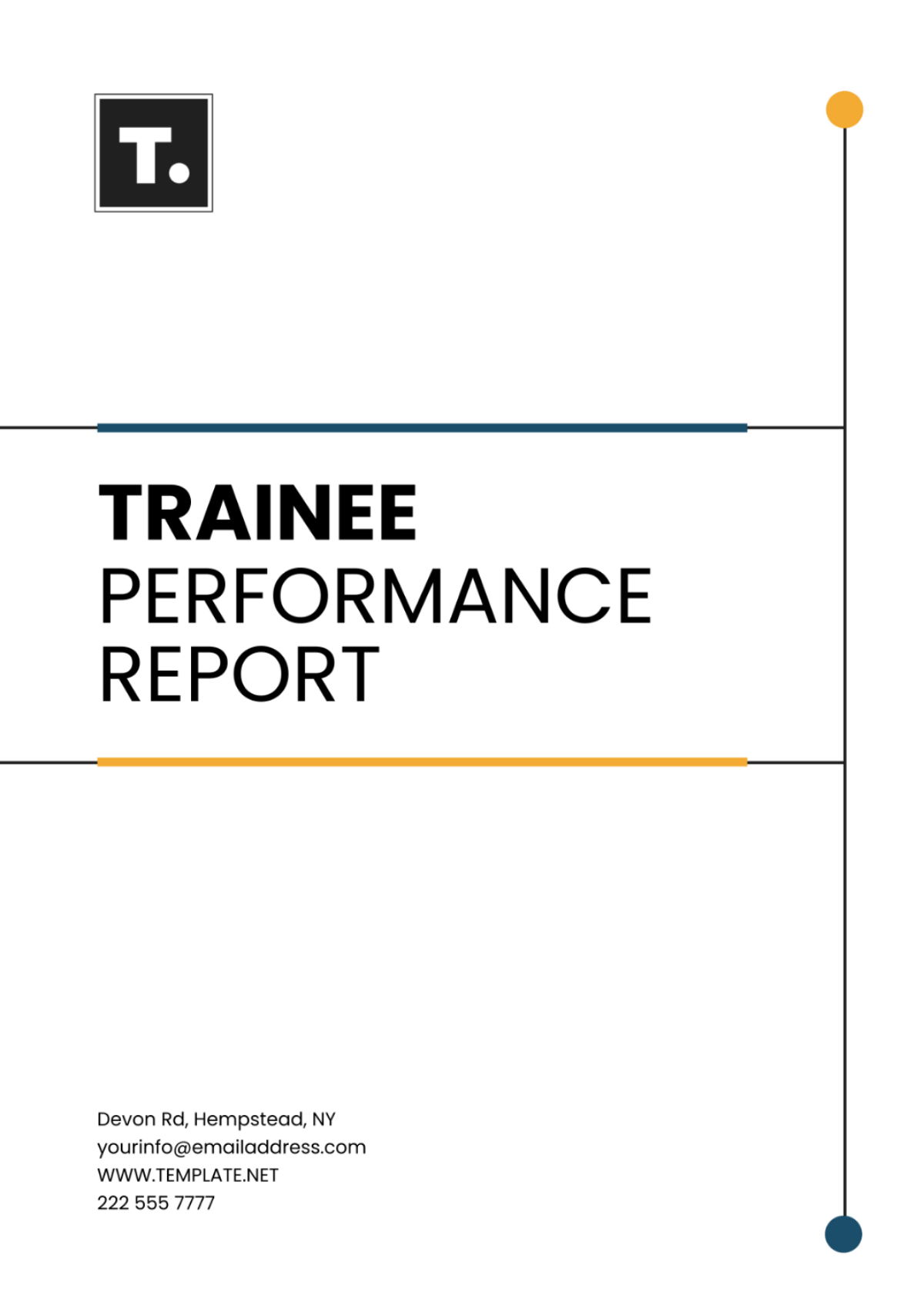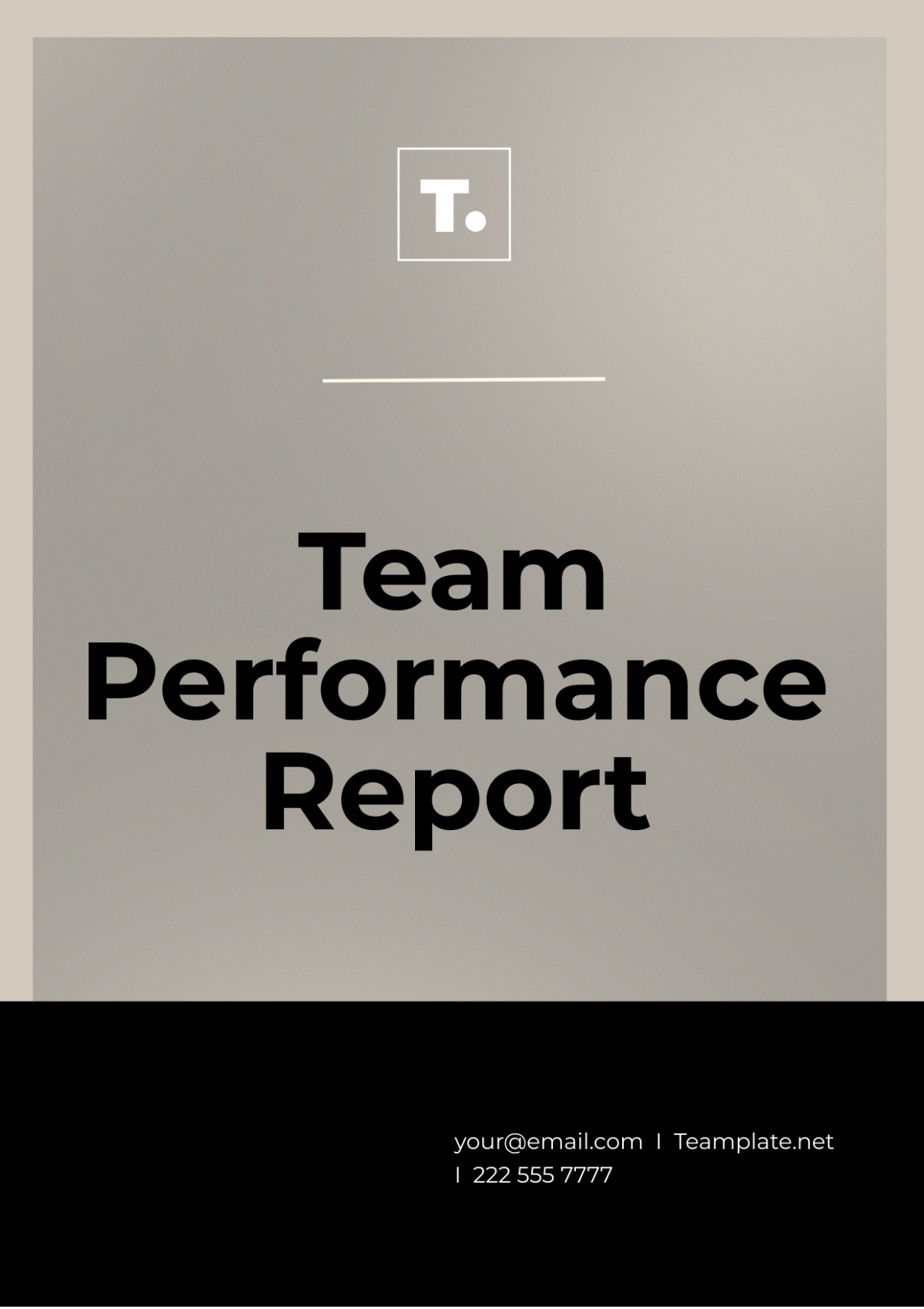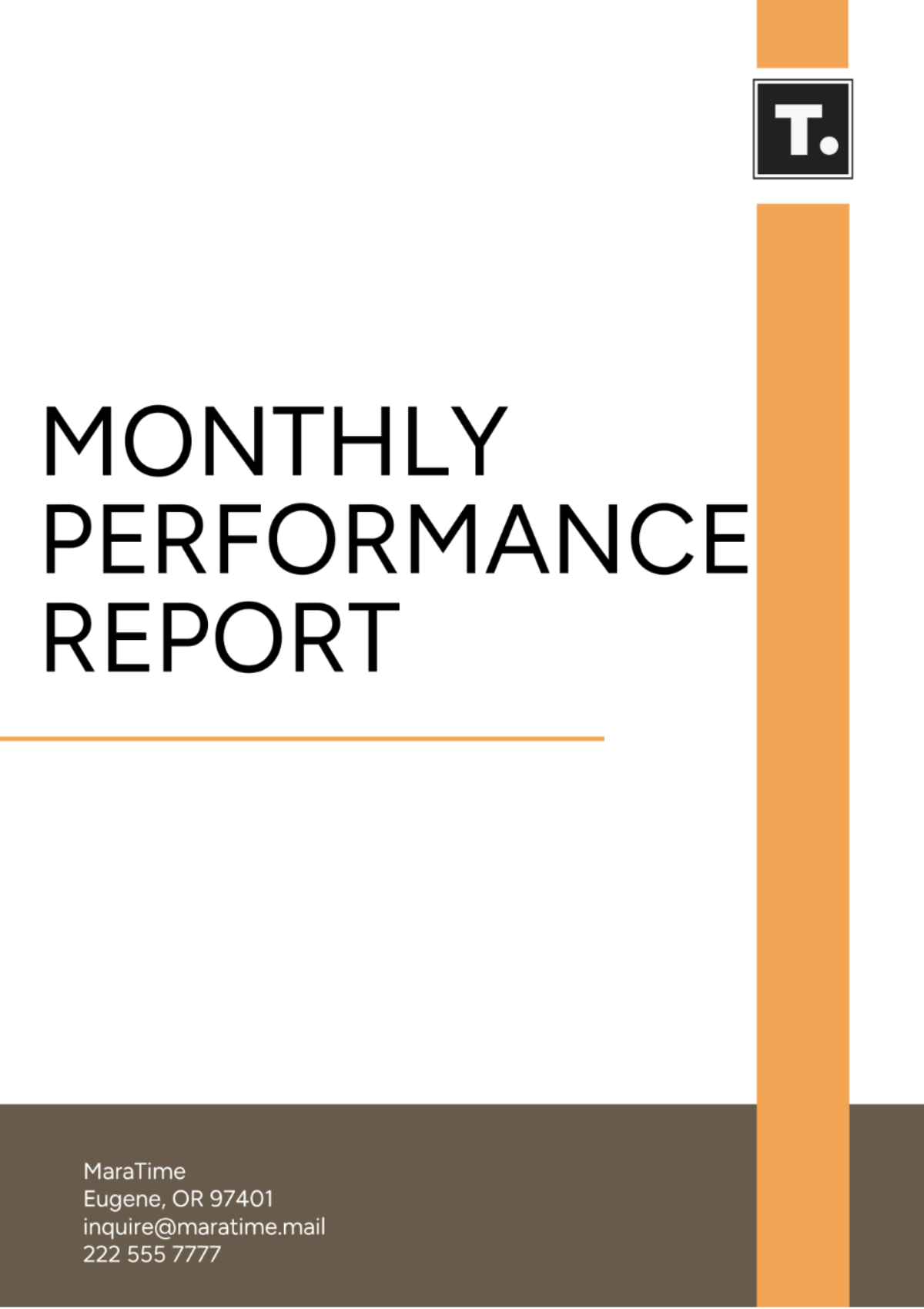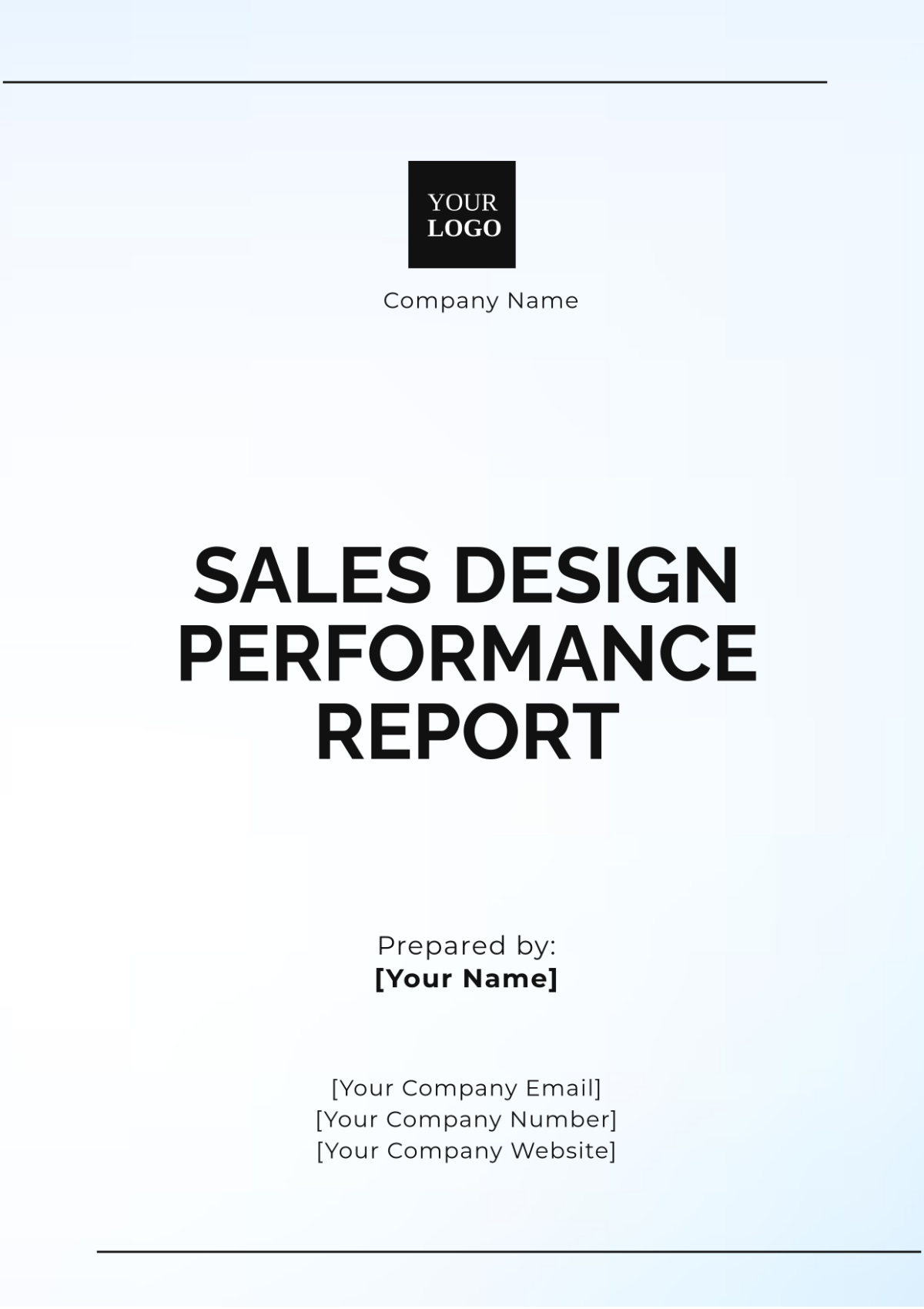Generic Performance Report
Prepared by: [Your Name]
Company: [Your Company Name]
Date: January 15, 2051
I. Executive Summary
This performance report provides a detailed overview of our organization's performance during the evaluation period from January 1, 2050, to December 31, 2050. It encompasses key metrics, assessments, and methodologies used to evaluate progress against our set objectives. The report has been structured to highlight areas of success while identifying opportunities for improvement, ensuring we remain competitive in an evolving market landscape.
II. Objectives and Goals
Identifying clear objectives and goals is essential for guiding performance measurement. This section outlines the primary objectives set at the beginning of the period.
A. Objectives
Increase market share by 10% through innovative marketing strategies leveraging digital channels and artificial intelligence.
Enhance customer satisfaction by improving service response times by 20% through the implementation of new support technologies.
Reduce operational costs by 15% to improve overall profitability by adopting automation and sustainability practices.
B. Goals
Launch two new products successfully in Q2 and Q3 that cater to emerging market trends in eco-friendly technologies.
Train 100% of customer service staff on new service protocols, emphasizing empathy and rapid response to customer inquiries.
Implement energy-saving measures to reduce utility bills by 10% through the integration of smart energy solutions and renewable energy sources.
III. Performance Metrics
The performance metrics were designed to quantitatively assess progress against our objectives and goals. These metrics provide insight into various operational, financial, and strategic areas.
A. Financial Metrics
Metric | Target | Actual | Status |
|---|---|---|---|
Revenue Growth | 10% | 12% | Achieved |
Operating Margin | 20% | 18% | Pending |
Net Profit Margin | 15% | 13% | Pending |
Return on Investment | 25% | 30% | Achieved |
B. Operational Metrics
Metric | Target | Actual | Status |
|---|---|---|---|
Customer Response Time | 30 mins | 28 mins | Achieved |
Production Efficiency | 95% | 90% | Pending |
Employee Turnover Rate | <10% | 8% | Achieved |
Sustainability Rating | 4 stars | 3 stars | Pending |
IV. Analysis
This section provides an analysis of the performance metrics, focusing on interpreting the results and understanding the factors contributing to the observed performance levels during the evaluation period.
A. Strengths
Improved market presence due to effective marketing campaigns utilizing AI-driven analytics to target key demographics effectively.
High customer satisfaction as a result of reduced response times, bolstered by the integration of chatbot technology and streamlined processes.
Increased profitability due to successful product launches and market expansion strategies in emerging regions.
B. Areas for Improvement
Production efficiency has not met expectations, suggesting a need for process improvements and investment in advanced manufacturing technologies.
Operating margin requires optimization to meet initial targets; a comprehensive review of pricing strategies and cost structures is essential.
Sustainability rating could be improved by enhancing our corporate social responsibility initiatives and promoting environmentally friendly practices.
V. Recommendations
Based on the analysis, the following recommendations are proposed to enhance performance:
Implement lean manufacturing techniques to improve production efficiency and reduce waste, ensuring a more agile response to market demands.
Review cost structures to improve the operating margin by identifying areas for potential savings without compromising quality.
Continue investing in staff training to sustain improved service levels, focusing on developing soft skills and technical expertise to meet evolving customer needs.
Enhance sustainability efforts by exploring partnerships with green technology firms and integrating eco-friendly practices into daily operations.
VI. Conclusion
In summary, the organization has made considerable progress toward its objectives during the evaluation period, with notable successes in revenue growth and customer satisfaction. While certain areas, such as production efficiency and operating margin, require ongoing attention, we are well-positioned to continue on a path toward achieving our long-term strategic goals. Continued focus on efficiency, cost management, and sustainability initiatives will maximize value for all stakeholders as we navigate the future landscape of our industry.

















































